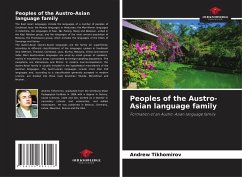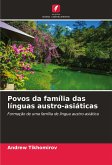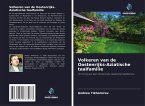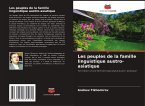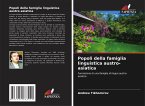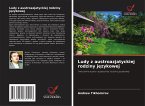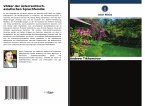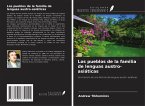The East Asian languages include the languages of a number of peoples of Southeast Asia: the Munda languages in Hindustan, the Mon-Khmer languages in Indochina, the languages of Kasi, Wa, Palong, Riang and Nankauri, united in the Kasi Nikobar group, and the languages of the most ancient population of Malacca, the Pramalacca group, which includes the languages of the tribes of Semanga and Senoy.The Austro-Asian (Austro-Asian) languages are the family (or superfamily, according to different classifications) of the languages spoken in Southeast Asia (Vietnam, Thailand, Cambodia, Laos, Burma, Malaysia, China) and eastern India. Most Austro-Asian languages are used by small groups of speakers, mainly in mountainous areas surrounded by foreign-speaking populations. The exceptions are Vietnamese and Khmer. In modern macrocompativism, the Austro-Asian family is usually included in the hypothetical macrofamily of the Austrian languages. The Austro-Asian languages include more than 150 languages and, according to a classification generally accepted in modern science, are divided into three main branches: Munda, Mon-Khmer and Nicobar.
Bitte wählen Sie Ihr Anliegen aus.
Rechnungen
Retourenschein anfordern
Bestellstatus
Storno

